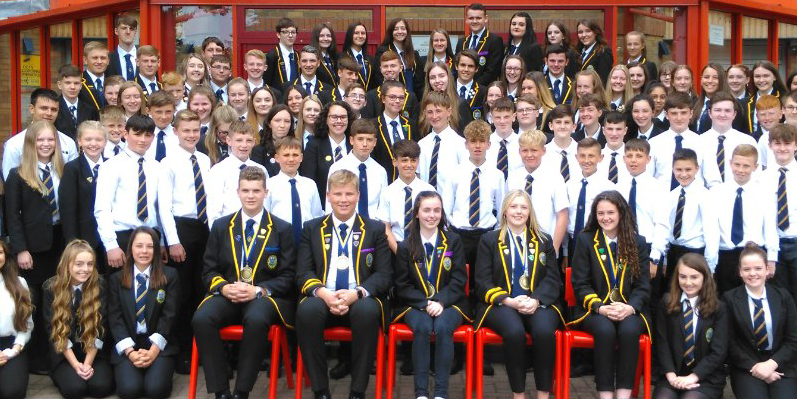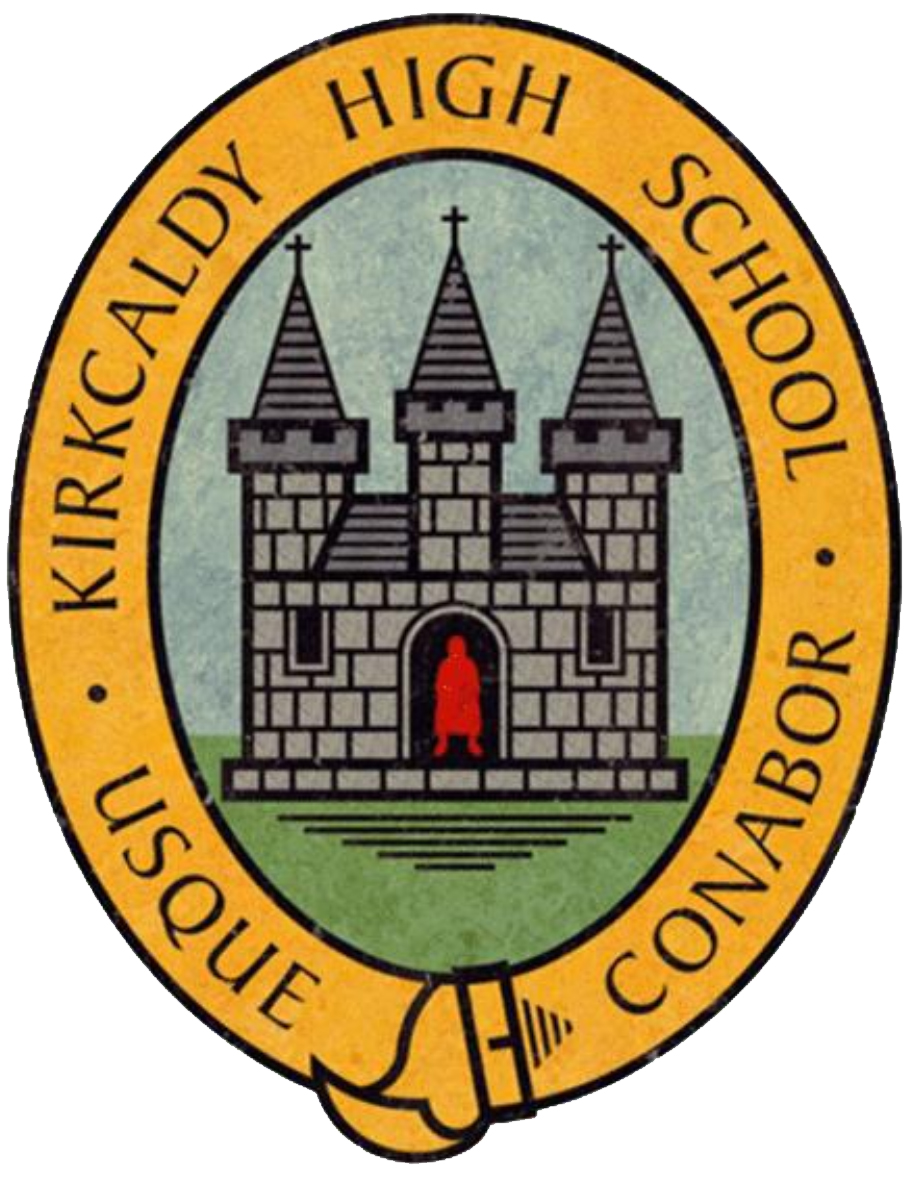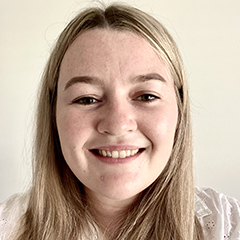26 July 2021
Kirkcaldy High School: A Year of Challenges & Opportunities

Authors
Emma Fotheringham
Guidance Teacher & Teacher of Biology at Kirkcaldy High School
Ross Paterson
Developing The Young Workforce Coordinator & Teacher of Modern Studies at Kirkcaldy High School
Kirkcaldy High School is a large non-denominational state secondary school in Fife, with around 1400 pupils from wide ranging backgrounds.
The past 18 months have been an extremely challenging time for young people, families and staff at secondary schools, particularly for those involved in delivering national qualifications. Young people have experienced two lockdowns and continuous disruption to their learning through periods of self-isolation. This has undoubtedly had a range of impacts on young people’s mental health, attainment, and their experience of school. These challenges have been recognised by higher and further education institutions, and to that end, we were invited by QAA to speak to academics and other stakeholders and open up a discussion of how best to support young people in their transition from school to college and university.

Within the session, we shared our perspectives of these challenges faced by young people and staff at Kirkcaldy High School. The challenges were not unique to our setting and were experienced by Secondary Schools across Scotland and the wider UK. The following blog is a small snapshot of the key themes of discussion that came out following the session. However, you can watch the full recorded session on YouTube.
Feedback that we received from the session was very positive, however, it also gave us many points to consider as practitioners working in the wake of the pandemic.
It was evident that colleagues within the higher education sector take the impacts of the pandemic on this particular cohort of young people very seriously and were keen to provide additional support them in their transition from secondary school. What was also clear was that colleagues were keen to foster and nurture links between further, higher, and secondary education and implement closer collaboration where possible.
Some of the key themes that came from the discussions around the session included: altering the future assessment model to include more continuous assessment; how universities and colleges can provide additional support for students entering their institutions; and also, the need for closer collaboration between secondary schools and colleges/universities to support pupils with additional learning or support needs in their transition.
Discussion was had around the future of assessment within secondary schools. There are various debates around whether to alter the examination model, moving away from end-of-year ‘high stakes’ assessments to a portfolio approach of continuous assessment. Many commented that if exams are still to continue, perhaps the weighting of exams could be lowered in order give more opportunity across the year for pupils to demonstrate their attainment in a wider range of skills. Colleagues explained that in many Universities, a portfolio-type approach is proving successful in various degree courses. We agreed that altering the current model of assessment could be a positive change, however our main goal in changing the assessment model would be to achieve consistency and fairness. Exams do create a level of consistency; however, if they were to be replaced, there would need to be clear standards for assessment as a replacement. Additionally, if the model is to change, teachers’ wellbeing will need to be considered. Teachers will need to be provided with time, training, and clear expectations to support our young people as best we can to achieve their potential. Additionally, the final exam experience that this cohort of learners has missed out on over the past two years may prove a challenge for them when they are required to sit a university level examination. This jump in levels of complexity and this high pressure ‘exam style’ will be new to this cohort of learners, so putting in place additional support could be beneficial throughout their first year.
Another key point that was discussed was around supporting young people in their transition from school to higher or further education. Colleagues across the sector were keen to put extra support in place for the new cohort of students they will be receiving next term. From conversations we have had with our young people going on to college or university, they will benefit from being signposted towards the student unions and student support services upon arrival, so that they are able gain and understanding of the various forms of support available to them. Having support around mental health, study and exam skills, and practical skills such as managing finances, will all be extremely valuable to a cohort of young people who missed out on two years of formal exams and the various social interactions that their previous cohorts of peers would have had. Each young person making this transition will need individual types and intensities of support, and in addition, may not even know that they need it straight away. Suggestions were made around implementing buddy systems, campus tours, regular student evaluations and effective use of academic tutors.
The final theme of the session was around learning support and greater cooperation and collaboration between secondary schools and higher education institutions. This was not an area we had considered would have created so much discussion, however it was clear that much more has to be done to support young people with additional learning needs as the transition to university. Staff from university support made clear that students have to declare additional needs early upon arrival and should be declaring these needs on their UCAS forms. From a school point of view, during the UCAS application process, we will certainly be highlighting this as an area for development to streamline the process for young people and to remove the stigma around declaring these additional needs such as dyslexia.
Sessions such as these highlight the need and willingness of colleges and universities to work much collegiately with secondary schools. Colleagues commented on the usefulness of sharing experiences across these sectors, which could bring further opportunities to form working groups or hold annual events to enable further collaboration and to support our young people more effectively moving forward. As one attendee commented:
We are all working with the same group of young people, so we need to collaborate much more, which will benefit everyone.

